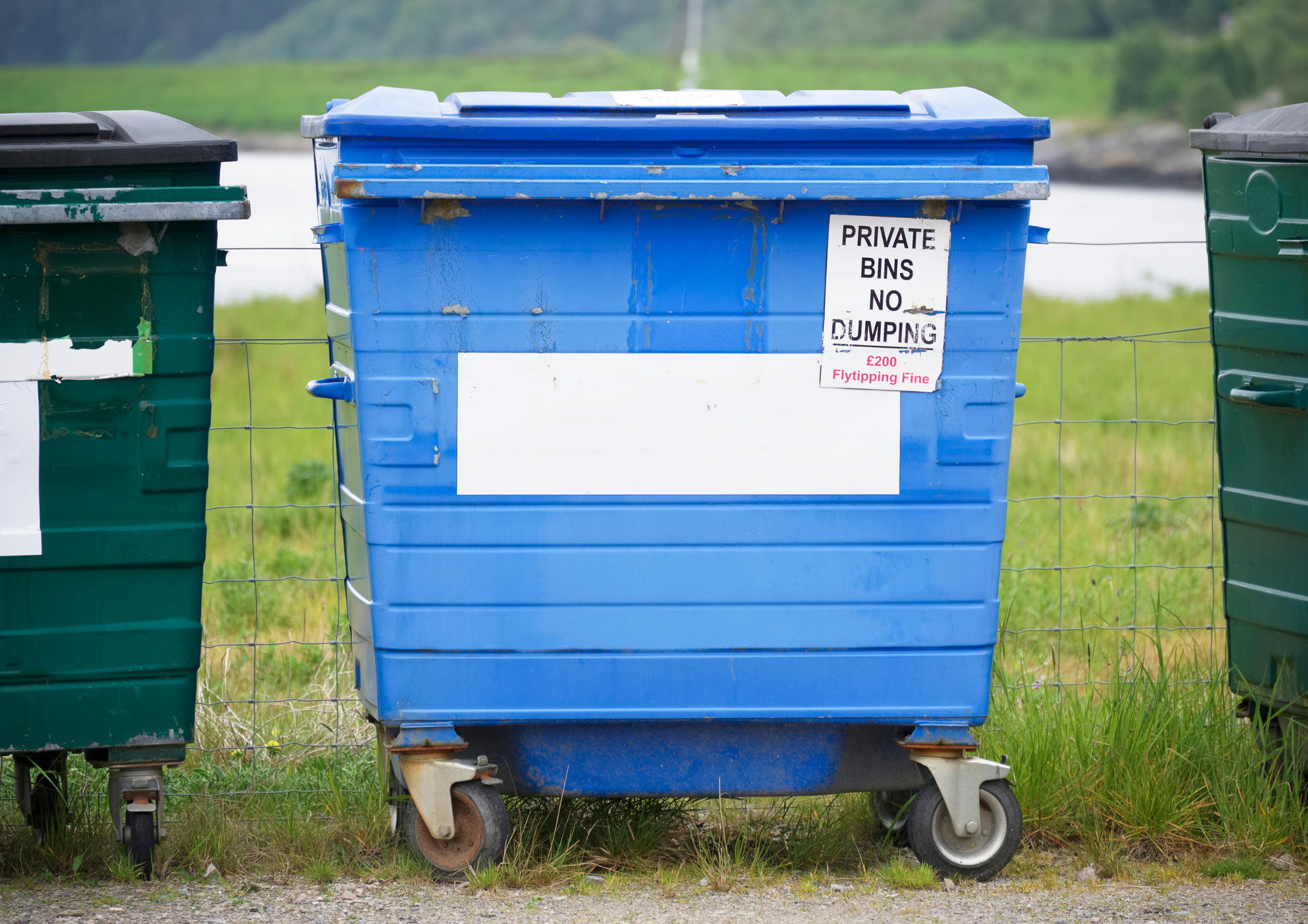Common Mistakes to Avoid When Hiring a Skip for Your Project
When it comes to managing waste efficiently—whether for a home renovation, construction project, or office clearance—skip hire can be a game-changer. However, many people fall into simple yet costly mistakes that could easily be avoided with the right knowledge. To help you make the most of your skip rental experience, here are the most common mistakes to avoid when hiring a skip and how to ensure your project runs smoothly from start to finish.
Choosing the Wrong Skip Size
One of the most frequent errors people make is underestimating or overestimating the size of skip they need. A skip that’s too small will require multiple collections, increasing your expenses and causing unnecessary delays. Conversely, hiring one that’s too large means paying for unused space.
Before placing an order, assess your waste type and quantity realistically. For example, if you’re clearing out a small garage or doing minor renovations, a mini or midi skip might be enough. However, for large-scale construction or landscaping work, a builder’s skip or even a roll-on-roll-off container may be more suitable. Consulting a professional provider can help you determine the ideal size for your specific project and save you from costly miscalculations.
Ignoring Permits and Regulations
Another major mistake is failing to check whether you need a skip permit. If your skip will be placed on a public road or pavement, most local councils require a permit to ensure safety and compliance with waste disposal laws. Neglecting this step can lead to fines or delays in your project.
Different councils have varying rules on where and how long a skip can stay, so it’s important to clarify this with your provider beforehand. Reputable companies can guide you through this process, ensuring all legal requirements are met efficiently. A professional service will not only handle permit applications but also advise you on skip placement to avoid traffic obstructions or accessibility issues.
Overfilling or Misusing the Skip
Filling your skip beyond its load level is both unsafe and illegal. Overfilled skips cannot be transported safely, which means your collection could be refused, resulting in extra costs and wasted time. Additionally, placing prohibited materials—such as asbestos, paint, batteries, or medical waste—inside your skip could lead to penalties or environmental damage.
To avoid such issues, always fill your skip level to the top without piling materials above the rim. Break down larger items like furniture or plasterboard to maximise space. If you’re uncertain about what materials are allowed, always confirm with your provider before loading. Responsible waste disposal not only keeps your site safe but also ensures compliance with environmental regulations.
When searching for skip hire prices near me, always compare services that include transparent terms about load limits and acceptable waste types. The cheapest option may not always provide the best value if it leads to additional fees for improper use or overfilling.
Neglecting Planning and Timing
Timing is everything when it comes to waste management. One common mistake is booking your skip too late or keeping it longer than needed. Late deliveries can disrupt your schedule, while keeping a skip beyond the agreed period could incur extra charges.
To stay on track, schedule your skip delivery and collection according to your project timeline. It’s best to have the skip delivered a day or two before work begins, giving you time to organise your site and begin waste disposal immediately. Similarly, plan for timely collection to maintain a clean and hazard-free workspace.
If you’re working on a tight schedule or need flexibility, choosing a local skip hire company is often the best approach. Local providers can offer quicker response times, better customer service, and a more personalised experience—especially during busy seasons or unexpected project extensions.
Additional Tips for a Smooth Skip Hire Experience
Even after avoiding the major pitfalls, a few extra steps can make your waste disposal process even smoother:
- Estimate your waste type accurately. Different materials may require different skip types (e.g., mixed waste vs. heavy waste).
- Avoid contamination. Don’t mix recyclable materials with hazardous waste.
- Prepare the area. Make sure the skip location is flat, accessible, and free of obstructions.
- Order early. Especially during peak times such as summer renovations, skips can book out quickly.
If you’re looking to order a skip, consider booking in advance and confirming delivery and collection details clearly with your provider. This helps ensure the entire process runs efficiently and without unnecessary interruptions.
For those seeking affordability, cheap skip bin hire options can be great—just ensure you’re not sacrificing reliability, waste compliance, or customer service in exchange for a lower upfront price. It’s always worth verifying the company’s credentials, reviews, and waste recycling policies before committing.
Hiring a skip is one of the most efficient ways to manage waste, but proper
skip hire planning is essential to avoid unnecessary costs and complications. From choosing the correct size and following local regulations to maintaining safe loading practices and timing your hire effectively, every detail matters. By steering clear of these common mistakes, you’ll enjoy a smoother, cleaner, and more cost-effective waste disposal experience—no matter the scale of your project.
At
Skip Hire Nottingham, we pride ourselves on providing reliable, affordable, and environmentally responsible waste management services for homeowners, builders, and businesses alike. We understand that every project is different, which is why our
skip hire solutions include a wide range of sizes, prompt delivery, and flexible collection options to suit your needs.
Don’t miss it on X:
Skip hire tips – mistakes to avoid for a smooth project!




